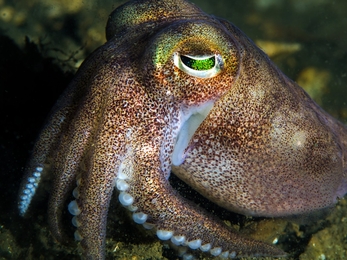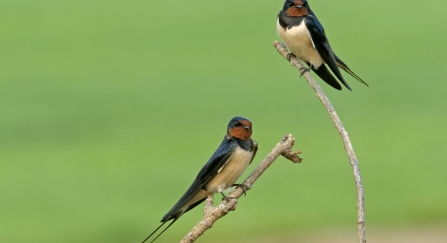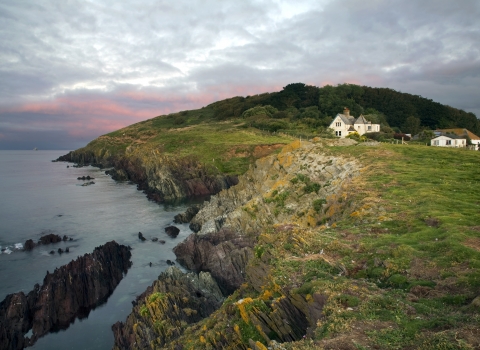It’s not everyday that you wake up to find a squid on your log pile, is it?
That’s what happened the other day. Odd things have fallen from the sky before but this is our first squid. It’s the gulls you see. They grab a tasty morsel then the squabbling starts and before you know it they’ve dropped the prize from the skies.



